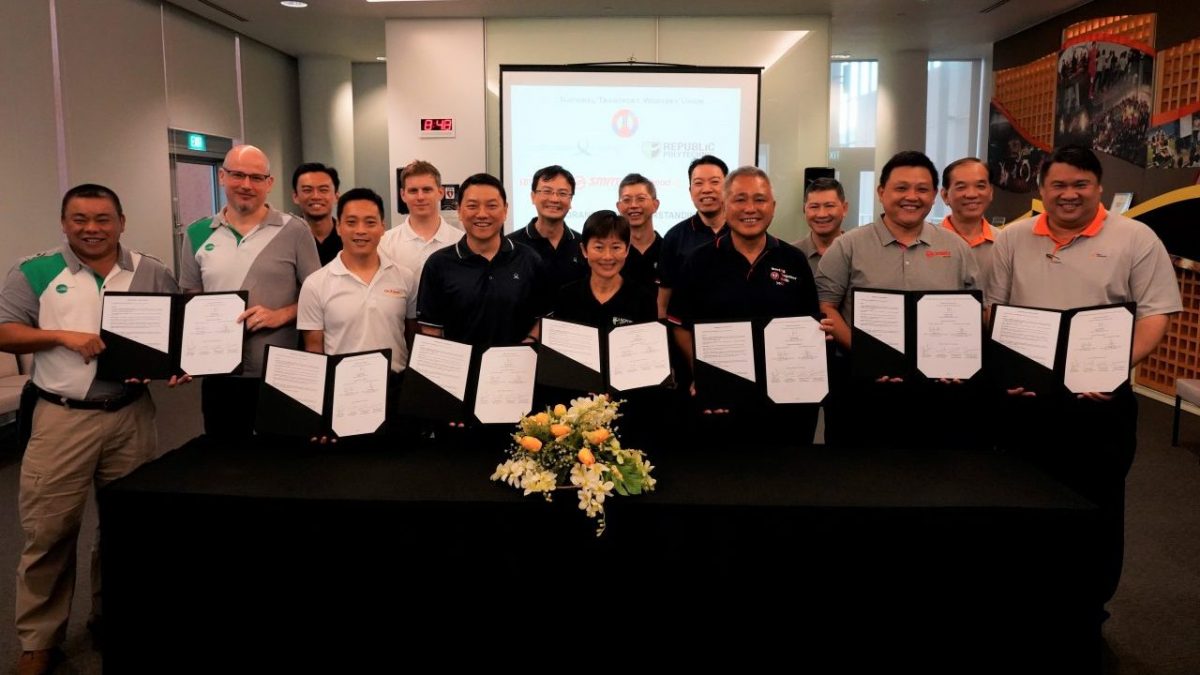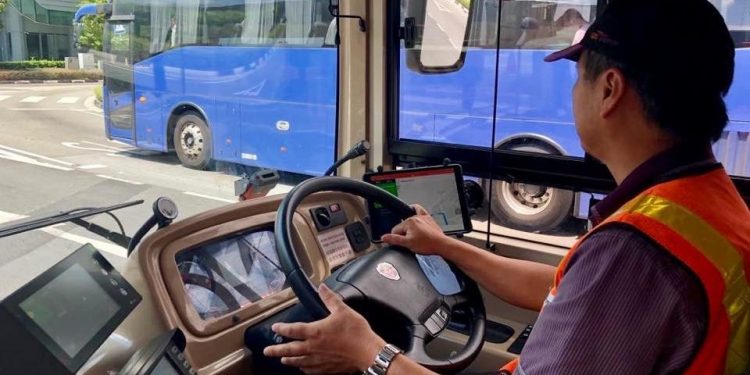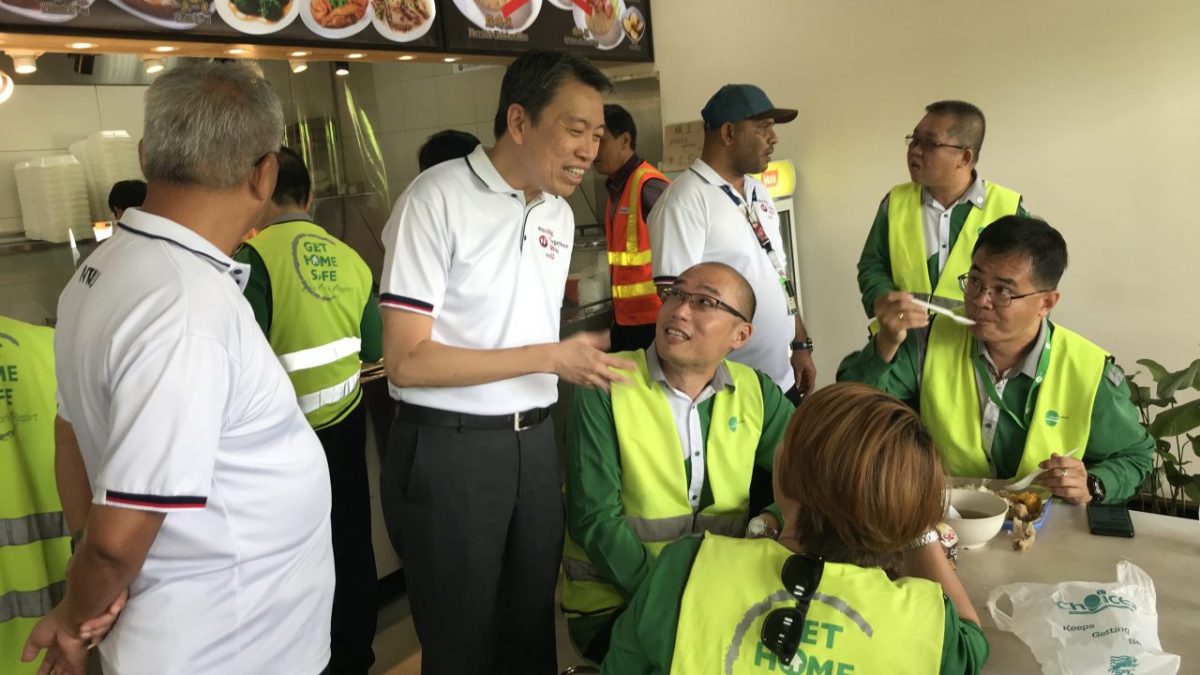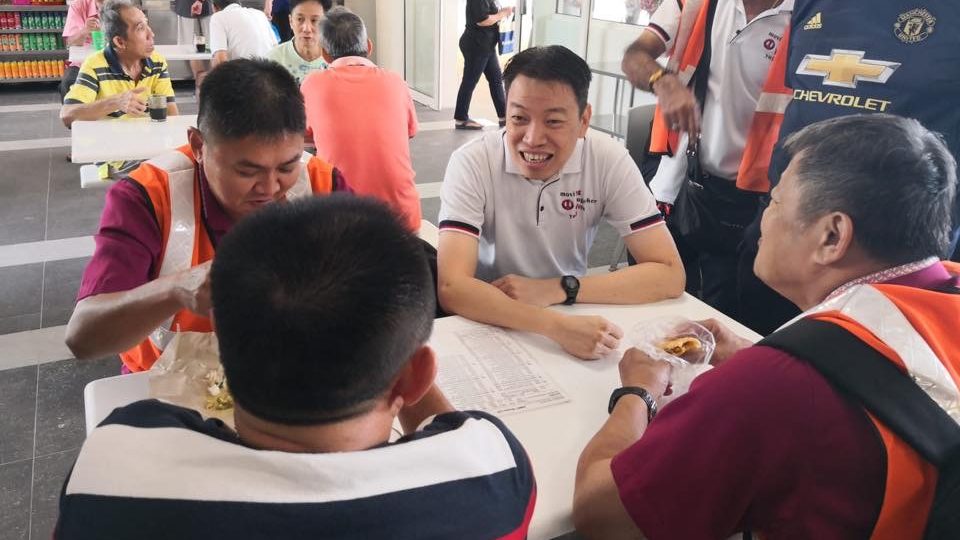This post is a contribution by NTUC Assistant Secretary-General, Melvin Yong. Any extracts should be attributed back to the author. 24 May 2019.
Bus commuters are much happier with bus services today!
We know this from the 2018 Public Transport Customer Satisfaction Survey which collected ratings from some 5,000 randomly selected commuters, aged 15 and above. These commuters were asked to rate service attributes such as waiting time, travel time, service information and customer service etc. The percentage of satisfied commuters hit 98 per cent in 2018, an all-time high! We also saw an improvement in overall satisfaction score (out of a score of 10) for bus commuters from 7.0 in 2014 to 7.9 in 2018.
Higher Service Standards = Improved Commuter Experience
One interesting fact – the increase in commuter satisfaction was distinctly higher in 2016 after the implementation of the Bus Contracting Model (BCM). With implementation of BCM, more stringent service requirements were put in place. This resulted in better and improved service standards which naturally leads to happier commuters.
Our bus workers are happy to provide good services to commuters. However, it is not always easy for them to meet the required standards on a daily basis. I meet our bus captains regularly and they tell me the various challenges they face on the ground – “running time not enough”, “arrival time lambat [late] liao”, “no time to eat”, “no time to even go toilet”. But what do these statements actually mean?
Running time not enough, arrival time ‘lambat liao’
Bus captains often commented that the running time is not sufficient. This is because the buses have to arrive at intermittent stops at stipulated timings. More than half the bus services operate at a headway of no more than 10 minutes and all feeder services operate at intervals of between 6 to 8 minutes. This may look feasible on paper but can be difficult to implement when operating a bus route. This is because a bus route does not work in isolation but is affected by other environmental factors including traffic conditions, weather conditions and commuter flow. In situations like these, drivers will experience pressure to meet the stipulated timeline. Such pressure or stress at work can lead to unintended consequences which include more aggressive driving behavior, an increase in risk of an accident happening, as well as impact to our drivers’ ability to provide great service to commuters.
| Useful Definitions:
Running Time – With reference to any bus routes, the bus captain has to cover a required number of bus stops within a specified running time. Headway – If the required headway is 10 mins, the time difference between the last bus and the next bus must not exceed 10 mins. This prevents bus bunching |
No time to eat or go toilet
Most of us may not be aware, that a bus captain’s responsibility usually extends beyond the bus journey. Upon ending a route, bus captains often have to wait for a parking lot at the bus interchanges before they can go for their break time. This eats into their scheduled break time, before our bus captains embark on their next route.
To allow our bus captains to maximise their meal breaks and rest time, the National Transport Workers’ Union (NTWU), the public transport operators and the Land Transport Authority have been working closely to make improvements to current and new bus infrastructure. This has resulted in bigger and more conducive rest areas being allocated for bus captains in our new bus interchanges and depots. Furthermore, most of the bus depots are located at obscure places, making it challenging for bus captains to access food outlets. Efforts have also been made to provide accessible food options by enhancing the canteens within the bus depots or interchanges. At the same time, we are mindful to provide food that are healthy and affordable for our bus workers.
However, such improvements are not sustainable if the break time remains short due to challenges such as long waiting time for parking, or arriving back late due to bad traffic or weather conditions.
Commuting to work
Bus captains also face challenges when travelling to work. While commuters can rely on the first and last buses to travel between work and home, bus captains driving these shifts would need to report to work much earlier (and end work much later too!) than the operating hours of our public bus services. This means our bus captains have to rely heavily on transport provided by the company. However, these company buses usually run on a fixed schedule with fixed stopping points. This is similar to how school buses work – the kid that stays the furthest from the school gets picked up first and dropped off last. For bus captains who are on morning shifts to be able to report to the bus depot before 4.30am, the company bus has to pick them up from as early as 3am. While some operators have started exploring on-demand bus services, more can be done to streamline the pick-up routes to make such transport journeys more efficient for our bus captains.
Better work environment and better work processes to drive sustainable outcomes for commuters and drivers
Protecting the welfare of our bus captains not only helps to ensure that they work in a safe and comfortable environment but also increases both the safety and quality of service that is rendered to commuters. Working with our partners, there are ongoing efforts to improve the work environment and welfare of our bus captains. However, more can be done so that we better understand their work and needs, find ways to improve existing work processes or develop new ones. Improved work environment and work processes are more sustainable measures in helping our drivers provide better services for commuters.
Therefore, I am very happy that the National Transport Workers’ Union has inked an agreement with Republic Polytechnic to conduct a comprehensive optimisation study to examine the current work processes across our Singapore public bus industry. With the support from our tripartite partners, the Land Transport Authority and the four public bus operators, we would be looking at identifying and studying workflows, work conditions and various situations that a bus captain may encounter on a daily basis, such as scheduling and rostering process, operational challenges etc. We expect the study to conclude by end of the year, and it will provide recommendations on areas where we can improve on to better facilitate the work of our bus workers, and to further enhance their working conditions. We look forward to the recommendations and we are committed to working with our partners in the industry to implement the recommendations.

Enabling our bus captains to do their work more efficiently would directly translate to better services for our commuters. Together, let us work towards sustainable and win-win outcomes for both our drivers and commuters!



